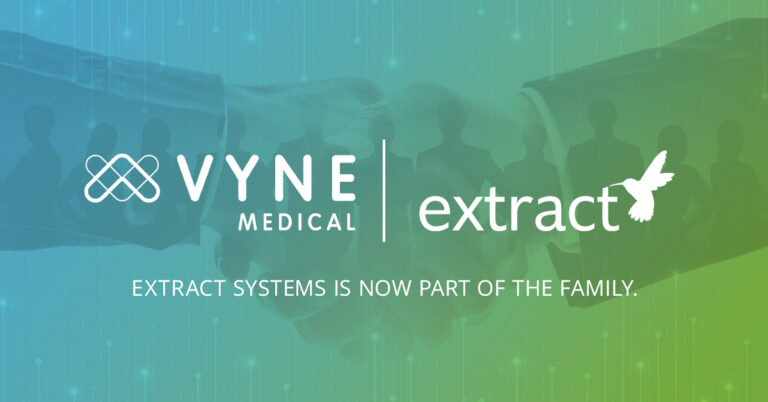
COVID-19: Putting Pressure on EHRs
It’s been known that interoperability between EHRs could use some TLC but with COVID-19 spreading around the world, it’s become much more apparent.
EHRs have historically been highly functional at tracking and billing workflows, but lack at making patient data easy to access. During a crisis, such as the current pandemic we are faced with, patient data workflows become that much more important.
Patient information needs to be shared both quickly and widely. Dr. Jay Anders, Chief Medical Officer of Medicomp Systems, explained, “This becomes a major challenge when systems do not communicate with one another and data is stored in a variety of structured and unstructured formats.”
Most EHRs will unknowingly slow patient care because the data within them can be hard to find, making it harder for clinicians to make data driven decisions for their patients.
“There will be many lessons learned as a result of the COVID-19 pandemic,” Anders went on to say. “Right now, as stakeholders across the healthcare industry pull together to flatten the curve, one lesson many have already realized is that we must improve data sharing and make systems interoperable. During this pandemic, accurate and complete data is essential for efficient and effective decision-making.”
Adding to the issue, the United States healthcare system is mostly driven by for-profit interests leading to a workflow that is slow and inefficient according to Doug Cusick, CEO of TransformativeMed
“Hospital systems might make this work, but it won’t necessarily work well,” Cusick said. “The people who end up bearing the burden of this failure are the frontline clinicians that are already overwhelmed with the crisis and burnt-out from the EHR.”
Many EHRs were developed with the assumption a patient would be receiving care from their provider in a physical clinic. With the recent rise in technology such as telehealth, or pandemics like COVID-19, healthcare organizations are going to have to pivot their workflows for tomorrow and into the future.
Here at Extract Systems our mission is to improve patient care and reduce the cost of healthcare by delivering data to the EMR so that physicians and staff can quickly diagnose and treat their patients.
We know that each organization has very different methodologies when it comes to these unstructured documents. It creates a need for staff to manually enter in key data from those documents into the EMR. This manual process is both time consuming and error prone.
We use our advanced OCR engine and document clues to ensure all the necessary data is identified and collected. The key data is then routed and sent to the appropriate department or system. Criteria is applied based on document type or other information contained within a given file. Our platform is able to integrate with an organization’s existing systems- such as an EHR, HIS, LIS or ECM platform. Once the data has been captured and routed, the information is then able to be reported on. This allows stakeholders to see analyzed and trended reports on their business insights.
Interested in learning more about how Extract Systems can help your organization? Reach out today.
Sources: https://www.healthcareitnews.com/news/coronavirus-pandemic-puts-focus-strengths-weaknesses-ehrs



